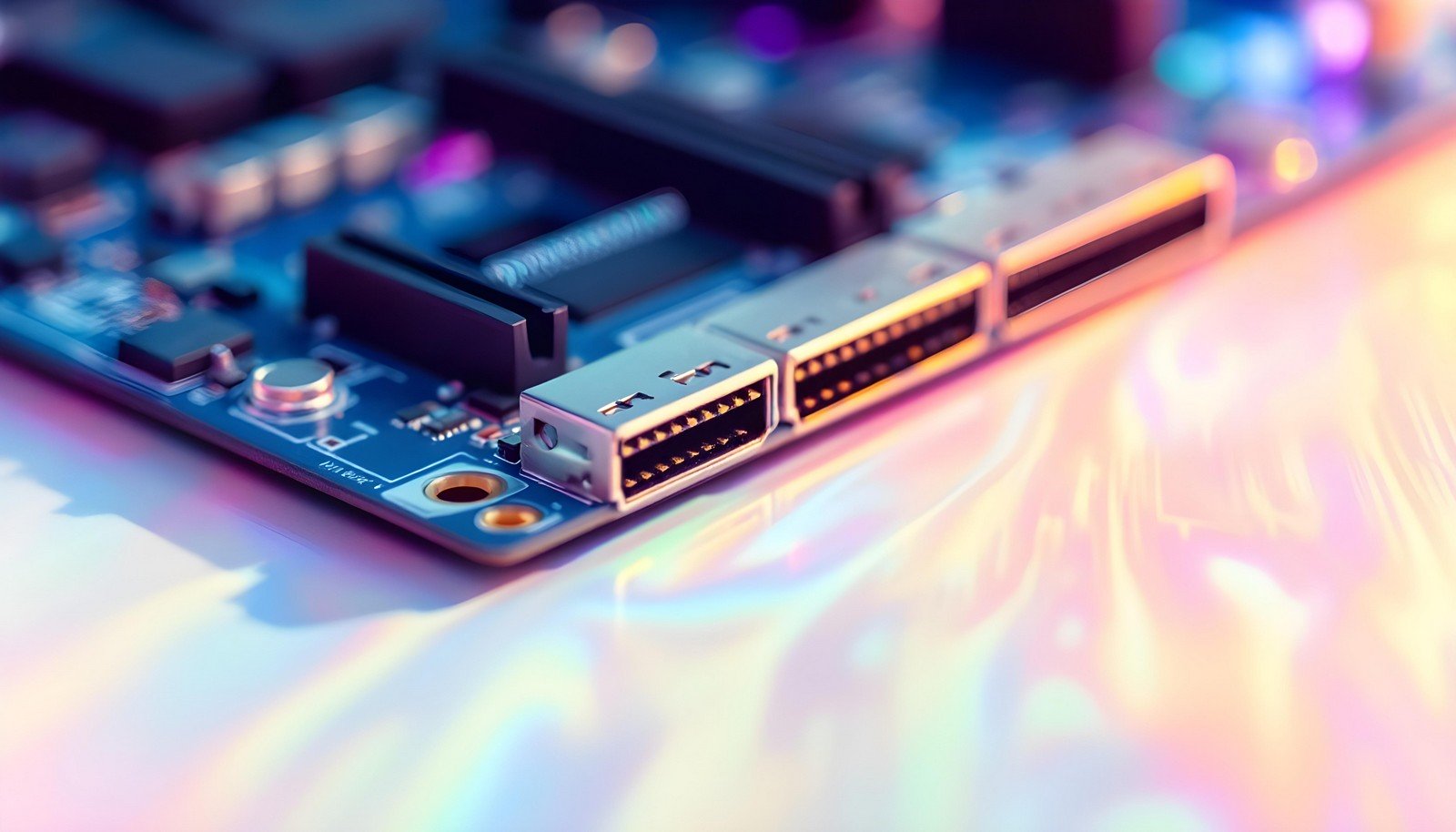Expansion Slot

Quick Navigation:
- Expansion Slot Definition
- Expansion Slot Explained Easy
- Expansion Slot Origin
- Expansion Slot Etymology
- Expansion Slot Usage Trends
- Expansion Slot Usage
- Expansion Slot Examples in Context
- Expansion Slot FAQ
- Expansion Slot Related Words
Expansion Slot Definition
An expansion slot is a connector or interface on a motherboard that allows additional hardware components to be connected to a computer system. These slots enable users to install expansion cards such as graphics cards, sound cards, and network adapters, enhancing the computer's functionality. Common types of expansion slots include PCI (Peripheral Component Interconnect), PCIe (PCI Express), and AGP (Accelerated Graphics Port), each designed for specific performance needs.
Expansion Slot Explained Easy
Imagine your computer is like a Lego building set. An expansion slot is like a special place where you can snap on extra pieces (like a graphics card) to make your computer do more things, like showing better pictures or connecting to the internet faster.
Expansion Slot Origin
Expansion slots became prevalent in the 1980s with the rise of personal computers. Early computers had limited functionality, so expansion slots were introduced to let users customize and upgrade their systems.
Expansion Slot Etymology
The term “expansion slot” derives from the function of allowing expansion of a computer’s capabilities by inserting additional hardware components.
Expansion Slot Usage Trends
Over the years, expansion slots have evolved from the slower ISA (Industry Standard Architecture) slots of the 1980s to the high-speed PCIe slots commonly used today. While many modern devices integrate key features directly into the motherboard, expansion slots remain essential for high-performance tasks such as gaming, video editing, and 3D rendering.
Expansion Slot Usage
- Formal/Technical Tagging:
- Hardware
- Motherboard
- Interface - Typical Collocations:
- "PCIe expansion slot"
- "graphics card slot"
- "motherboard expansion slots"
Expansion Slot Examples in Context
- Installing a high-performance graphics card into a PCIe expansion slot improves gaming performance.
- Sound engineers often add specialized sound cards to their computers through expansion slots for studio-quality audio.
- Video editors use expansion slots to connect video capture cards for better editing capabilities.
Expansion Slot FAQ
- What is an expansion slot?
It is a connector on a motherboard for adding extra hardware like graphics or sound cards. - What types of expansion slots are there?
Common types include PCI, PCIe, and AGP slots. - What are expansion cards?
Expansion cards are hardware devices installed in slots to add new functionalities. - Do laptops have expansion slots?
Most laptops lack traditional expansion slots but may have external options like Thunderbolt ports. - What is PCIe?
PCIe (Peripheral Component Interconnect Express) is a fast, modern expansion slot standard. - Are expansion slots still necessary?
Yes, especially for high-performance tasks like gaming or video editing. - How do I identify an expansion slot?
Look for rectangular connectors on the motherboard, often labeled PCIe, PCI, or AGP. - What is an AGP slot?
The AGP (Accelerated Graphics Port) slot was designed for graphics cards but is now obsolete. - Can I add multiple cards to a single computer?
Yes, if the motherboard has multiple slots available. - Are all expansion cards compatible with every slot?
No, compatibility depends on the card and slot type.
Expansion Slot Related Words
- Categories/Topics:
- Computer Hardware
- Motherboard Design
- Interface Standards
Did you know?
In 1998, the introduction of the PCIe expansion slot revolutionized computing by enabling significantly faster data transfer speeds, laying the foundation for modern high-performance PCs.
PicDictionary.com is an online dictionary in pictures. If you have questions or suggestions, please reach out to us on WhatsApp or Twitter.Authors | Arjun Vishnu | @ArjunAndVishnu

I am Vishnu. I like AI, Linux, Single Board Computers, and Cloud Computing. I create the web & video content, and I also write for popular websites.
My younger brother, Arjun handles image & video editing. Together, we run a YouTube Channel that's focused on reviewing gadgets and explaining technology.



Comments powered by CComment